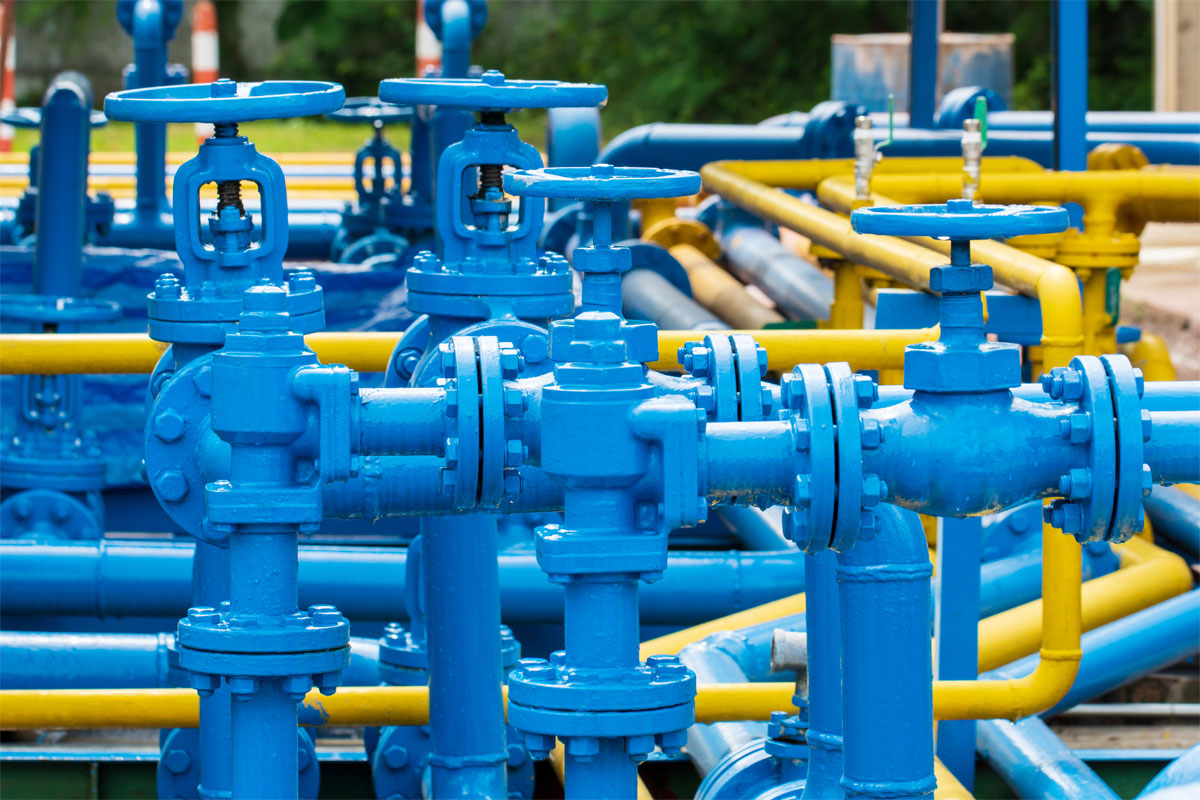Air compressors work by driving atmospheric air under pressure to produce potential energy that can be collected in a tank for using later. Similar to an opened balloon, the pressure builds steadily when the compressed air is intentionally released, changing the potential energy into workable kinetic energy. Accordingly, this energy transfer can be made use of to power different pneumatic tools.
Process pumps are an overall category of pumps utilized in many various industries to transfer fluids and semi-solids from one point to another. Implementations for these pumps comprise of transferring water, chemicals, dirt and water, or other materials.
What Does a Process Pump Include?
Whereas there are a lot of kinds of process pumps, most have the same primary components. A standard system is going to comprise of a prime mover, like an electrical motor or gas-powered engine. It might also include a transmission, vee belt or direct coupled drive to aid in reducing the speed of the pump.
Two Primary Kinds of Process Pumps
There are two primary classifications of process pumps. These are Kinetic or Centrifugal and Positive Displacement. Inside each of these classifications, there is a variation of different kinds of process pumps.
Kinetic or Centrifugal Pumps
Kinetic or centrifugal pumps are utilized in cases that necessitate higher volume flows. Unlike the pumps that produce a continual flow, these pumps have a differing flow that is controlled through elbows, valves, bends, etc. inside the pipe. The kind and size of piping can also impact the rate flow rate.
Whereas there is an assortment of centrifugal pumps, they all work by changing rotating kinetic energy into hydro-dynamic energy. They accomplish this by producing flow and pressure using a vaned impeller. Whereas designs differ, all these types of pumps comprise of a case, shaft, impeller, bearings, and seal.
Positive Displacement Pumps
Positive displacement pumps move fluids through a pipe by initially trapping a specific volume of the fluid and then pumping it through the outlet or pipe. This can be accomplished using several devices, comprising of reciprocator pistons, lobes, gears, vanes, advancing cavity, or an air-actuated double diaphragm.
Positive displacement pumps are deemed as continuous or constant flow devices because they move the fluid at a continuous rate no matter the pressure. It is especially important that these pumps do not function against a closed valve, as this might cause damage to the pipe. To stop this from occurring, there needs to be a safety or relief valve on the release side of the pump.
Establishing The Proper Process Pump for Your Application
You would utilize a kinetic or centrifugal pump when you want to transfer more watery liquids at a higher flow-rate and utilize a positive displacement pump when you want to transfer more viscous liquids at a lower flow-rate.
Other things to think about when deciding on the kind and size of a process pump include the kind of liquid being transferred, its temperature, viscosity, and its particular gravity. You are going to also need to think about your flow and pressure requirements in addition to the diameter, length, and kind of piping.
Willing Service Corporation Offers A Full Range Of Air Compressors For Sale Nationwide!
Willing Service is proud to sell air compressors nationwide. You can choose the brand, model, and size you need for your purposes and we will ship it straight to your shop or business. Shop industrial air compressors online and get it touch with us today by giving us a call at (602) 246-6940.







